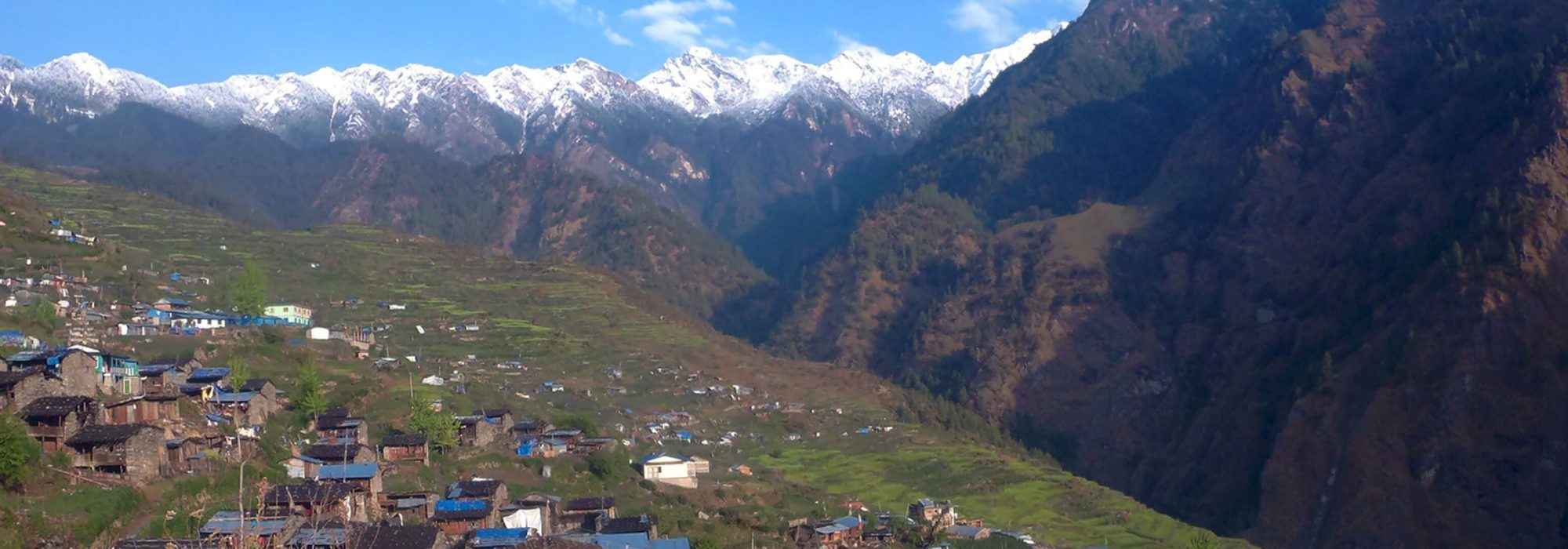
The Tamang Heritage Trail Trek is an exceptional journeying of culture with the adulation of stunning mountain views and one of the fast-growing popular trekking packages in Nepal’s Langtang region. Consecrated Tibetan culture infuses at every nook and corner of the ancient villages en route on this top trekking destination of Nepal. Venturing deep into the Tamang hinterland, this short trekking itinerary in Nepal leads through the luxuriant midlands where one can experience cultural interactions as well as savor the perplexing mountain views. Situated close to the Langtang Valley, the Tamang Heritage Trail sees fewer trekkers who visit and explore the untouched splendor and unexploited cultural beauty of the region with off-the-beaten and less trodden paths. Indigenous people of this region have the firmness of keeping their culture and traditions integral and unharmed. Their matchless rituals and religious practices are virtually mirrored in the several monasteries lined up on the trekking trail.
Tamang Heritage Trail Trek is a unique trail in the eco-trekking region of Nepal which has important heritage value as well as lots of options for home-stay trekking in Nepal’s Langtang region. Houses in the trekking region are decorated lavishly with obscure carvings and locals weave baskets and have a wide assortment of handicrafts on display for sale. The Tamang Heritage Trail Trek itinerary has been adeptly crafted as an adventurous trip for nature lovers and trekking fanatics through lush green valleys and stunning jungle trails. The journey begins with a sensational sightseeing exploration to some of the famous cultural and historical landmarks solicited by UNESCO as world heritage sites in Kathmandu. It is an adventurous scenic drive on mountainous roads meandering through the beautiful valleys and meadows along the bank of Trishuli River up to Syabrubesi, the starting point of this trek.
The trek route traverses along the Bhote Koshi and Chilime River Valley through the Tamang settlements such as Gatlang, Goljung, Cherka, Tatopani, Thuman, Brimdang, Nagthali, Briddim, Lingling, Rimche, and Lama Hotel. Leading through alpine terrain, yak pastures, meadows and rhododendron forests, stunning views of Himalayan peaks such as Manaslu, Langtang Lirung, Sanjen, Kerung, Ganesh Himal and others unfurl in their most gracious appearance. The Parbati Kunda (lake) at Gatlang and Dukchu monastery in Briddim village are other highlights of this lesser-visited trekking package in Nepal. It is a moderate trek and anyone with reasonable fitness and the ability to walk for several hours a day can accomplish it with small efforts. Autumn and spring are the best seasons for trekking in Nepal considering the weather and the temperature. Royal Holidays are ever ready to customize trips and eagerly waits for weaving another lifelong memory during your trekking holiday in Nepal.
Join Our Small Group Departures
View Available Dates


